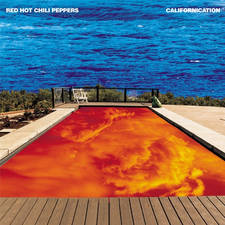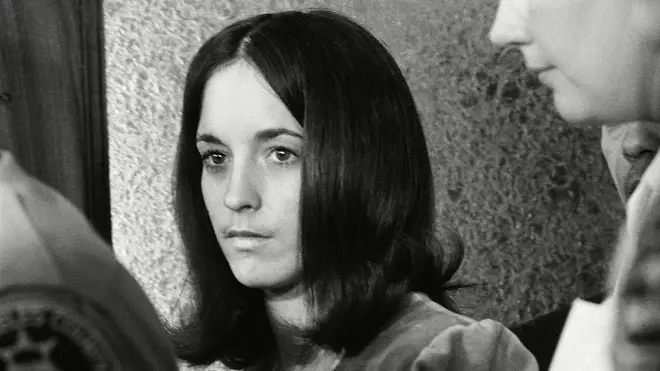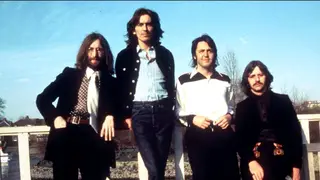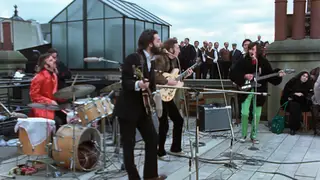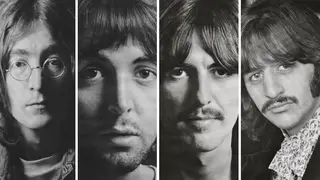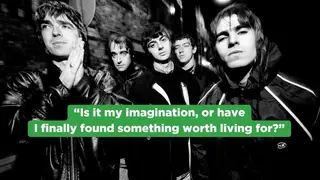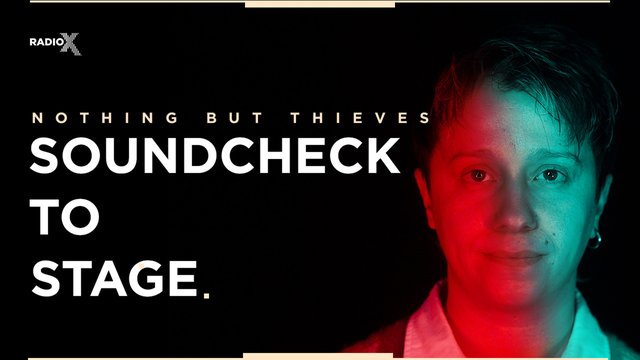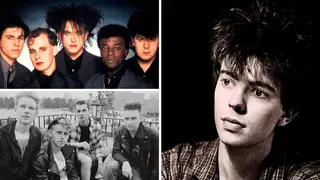How The Beatles’ Helter Skelter influenced Charles Manson
22 November 2019, 19:32 | Updated: 22 November 2019, 19:36
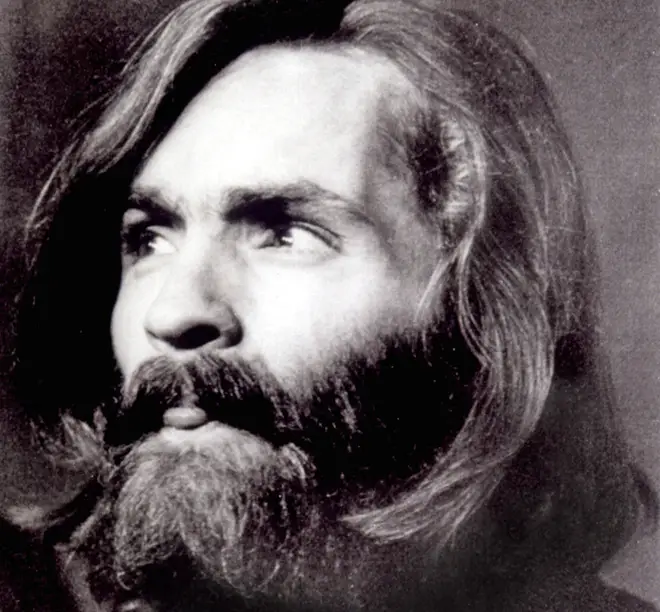
Infamous cult leader Charles Manson is featurd in Quentin Tarantino’s latest movie Once Upon A Time In Hollywood… but how did the Fab Four lead him and his followers to murder?
The case of Charles Manson, the Manson Family and the murder of actress Sharon Tate in August 1969 was one of the most shocking incidents in a turbulent decade. The murderous clan took the lives of Tate, her unborn child and her friends Jay Sebring, Wojciech Frykowski and Abigail Folger. A fifth victim was eighteen-year-old Steven Parent, who had been visiting the house’s caretaker. On 10 August, grocery store owner Leno LaBianca and his wife Rosemary were murdered at their home in Los Angeles. Again, Manson ordered his followers to perform the murders in a twisted attempt to cover up a previous crime.
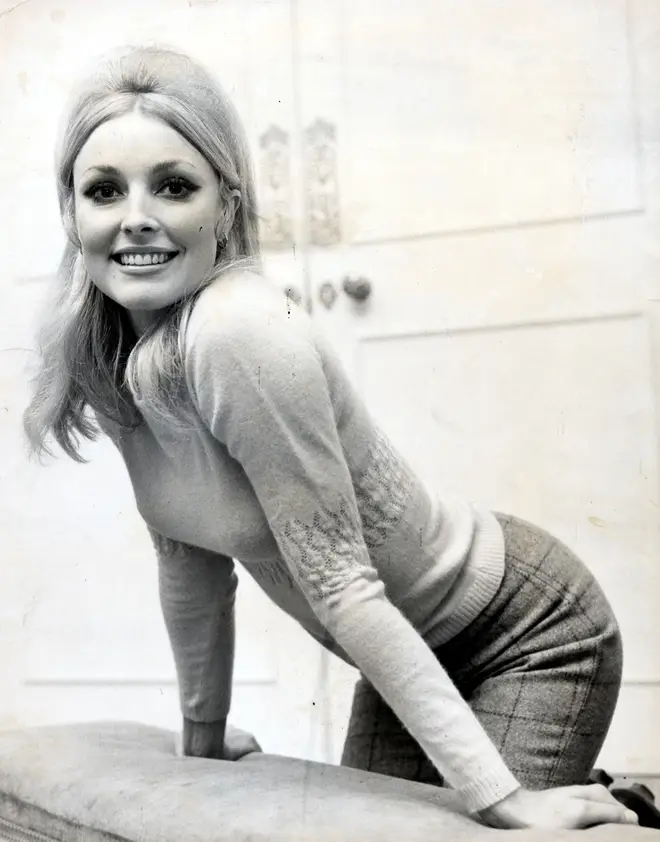
Quentin Tarantino’s latest film, Once Upon A Time In Hollywood is attracting great reviews… and it’s based on these shocking, true events that took place in California 50 years ago.
The movie concerns actor Rick Dalton (Leonardo DiCaprio) and his stunt double Cliff Booth (Brad Pitt), who find themselves entangled in the lives of actress Sharon Tate and her husband, film director Roman Polanski in Hollywood in August 1969. The Manson case is also featured in the new season of Netflix true crime series Mindhunter.
The murders shocked the world and the Hollywood community - who would be next? Was it a drug deal that had gone badly wrong? Or were the once-peaceful hippie communes actually rife with drug abuse, sex orgies and satanic slaughter?
The “Manson Family”, were ragtag group of drifters, drop-outs and hippies that had come into the orbit of petty criminal Charles Manson. Manson and the followers that were involved in the murders were sentenced to death (later commuted to life) in 1971, but the shockwaves from the crimes lasted for years. No longer were hippies seen as harmless or comical.
But one myth perpetrated by Manson himself was that the murders were “inspired” by the music of The Beatles - the Fab Four were sending messages through their music to “warn” him of an imminent race war. America in the late 1960s was rife with racial tension and the assassination of civil rights activist Martin Luther King Jr in April 1968 caused riots in Washington, Chicago and other cities.

The Manson Family wound up at Spahn Ranch, a dilapidated movie set in Los Angeles County (featured in the Tarantino movie), where the drug-taking, sex and paranoia within the group increased. At the end of 1968, Manson became obsessed with the newly-released self-titled Beatles LP - the “White Album”. The lyrics and the sounds on the double album festered in the criminal’s disturbed mind.
On New Year’s Eve 1968, Manson sat around a campfire with the Family and explained that The Beatles had foreseen what was to go down via the songs on the “White Album” - a race war between whites and blacks would break out and the Family would need to prepare for the oncoming apocalypse.
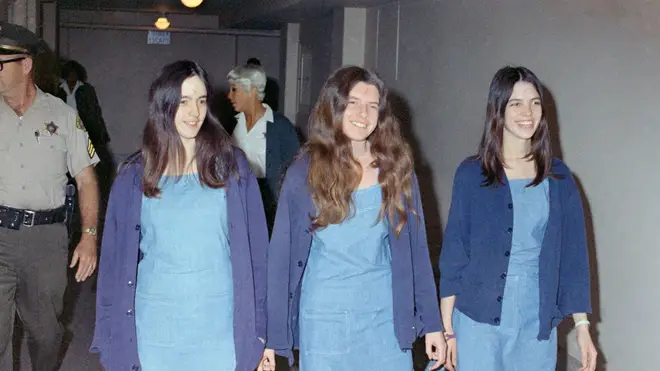
As 1969 wore on, the cult leader became convinced that The Beatles had prophesied that the tension would spill into all-out war and pointed to the “clues” within their songs. On 25 July 1969, Manson visited a man called Gary Hinman over an argument about money and ordered one of his followers, Bobby Beausoleil, to kill him. To distract attention away from the police investigation, Manson ordered more killings, and as the Family listened to the “White Album” over and over while stoned, Manson thought that The Beatles were "speaking" to him...

Here are the Beatles songs that were quoted by prosecutor Vincent Bugliosi during the Manson Family trial - and which he elabroated on in his best-selling book Helter Skelter: The True Story Of The Manson Murders.
-
Helter Skelter

Helter Skelter (Remastered 2009)
Written by Paul McCartney as an attempt to create the “heaviest” song of all time, this chaotic rock track gave name to Manson’s apocalypse. “Helter Skelter - she coming down fast!” screamed Macca, which Manson took to mean the violence and chaos that was going to happen once the race war kicked off. Being American, he didn’t know that a helter skelter was a slide at a British funfair. The phrase was written on a door found at the ranch occupied by the Manson Family. “It was frightening, because you don’t write songs for those reasons,” an alarmed McCartney explained in The Beatles Anthology in 2000.
The "Helter Skelter" door found at Spahn Ranch. Although the phrase "Helter Skelter" had been found printed at the LaBianca residence, it’s importance was missed. #Charles_Manson #manson_family #helter_skelter #horror pic.twitter.com/5LMlm86LAP
— Naif (@naif89___) October 7, 2018 -
Piggies

Piggies (Remastered 2009)
George Harrison’s sour song about the upper classes, journalists and everyone else that rattled him became a call-to-arms in Manson’s unsettled mind. “What they need’s a damn good whacking!” concluded George in the song, but as he explained in his 1980 autobiography I Me Mine, the truth was far simpler: "It needed to rhyme with 'backing', 'lacking', and had absolutely nothing to do with American policemen or Californian shagnasties!” Another horrifying link to this song were the words “POLITICAL PIGGY” and the phrases “PIG” and “DEATH TO PIGS” found written in blood at the Hinman, Tate and LaBianca murder scenes. The words were designed to evoke fear and maybe pin the blame of the crimes on black activists.
-
Sexy Sadie

Sexy Sadie (Remastered 2009)
Susan Atkins was one of Manson’s most trusted Family members and was present at the murder of Gary Hinman in July 1969. She was part of the murderous crew who visited the Tate and LaBianca houses in August. Manson gave Atkins the nickname “Sadie Mae Glutz” after the Beatles song Sexy Sadie - which was actually written about John Lennon’s disillusionment with the Maharishi Mahesh Yogi following the Fab Four’s trip to India to learn Transcendental Meditation. Susan Atkins died in prison in 2009, after being found guilty of nine murders.
Susan Denise Atkins is shown as she is about to leave the Los Angeles County Mens' Jail, after meeting with Charles Manson, one of her co-defendants in the slayings of actress Sharon Tate and six others, March 1970. Picture: Harold Filan/AP/Shutterstock -
Revolution 9

Revolution 9 (Remastered 2009)
This avant garde sound collage was the brainchild of John Lennon and his new partner Yoko Ono, and was based on sections of the original take of Revolution 1. Towards the end of the song, Lennon winds up screaming “AL-RIGHT! AL-RIGHT!” repeatedly, which Manson misheard as a voice crying out “RISE! RISE!”. Convinced that this track depicted the oncoming race war in sound, Manson and his Family felt suitably freaked out. The title sounds a bit like Revelation 9, which is the apocalyptic book of the New Testament of the Bible.
-
You Never Give Me Your Money

You Never Give Me Your Money (Remastered 2009)
Next to the words “HEALTER SKELTER” daubed on the door found at the Manson Family’s ranch was the phrase: “1-2-3-4-5-6-7, ALL GOOD CHILDREN (go to heaven?)” which is the children’s skipping rhyme that John Lennon sings at the end of McCartney’s song You Never Give Me Your Money, which appears on the Beatles album Abbey Road. This - the final LP to be recorded by the Fab Four - was issued in September 1969… and various members of the Manson Family would be arrested over the next couple of months for reasons unrelated to the murders…. until the truth came out.
The Beatles, despite being on the verge of splitting up, were horrified at being associated with such devastating, murderous events. As Ringo Starr said in the Anthology book: “It was upsetting. I knew Roman Polanski and Sharon Tate. It stopped everyone in their tracks because suddenly all this violence came out in the midst of all this love and peace and psychedelia. It was pretty miserable, actually, and everyone got really insecure. Everyone in LA felt: 'Oh, God, it can happen to anybody.' Thank God they caught the bugger.”
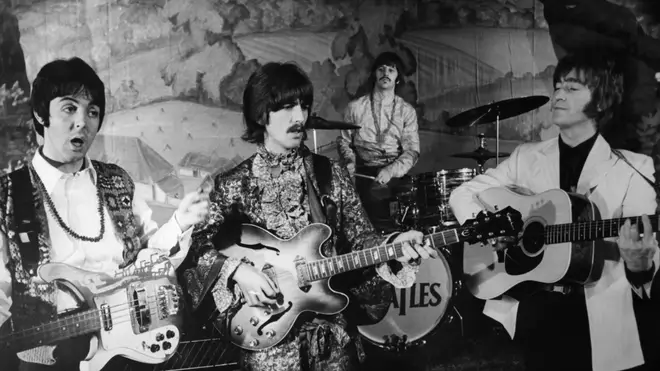
At his trial in November 1970, Manson blamed the whole thing squarely on the music of The Beatles: “It's not my conspiracy. It is not my music. I hear what it relates. It says 'Rise!' It says 'Kill!' Why blame it on me? I didn't write the music. I am not the person who projected it into your social consciousness.”
Charles Manson died in prison in 2017, aged 83.
